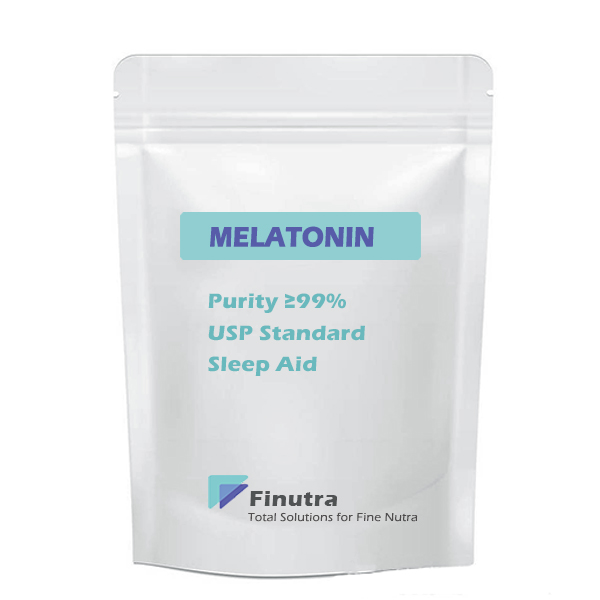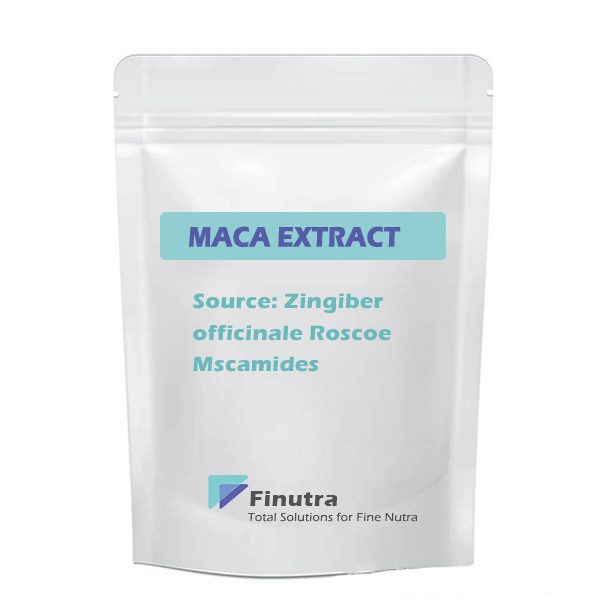Antioxidants may reduce the severity of RA symptoms
Green tea may help prevent and treat rheumatoid arthritis (RA). That’s believed to be due to the antioxidants it contains. Beta-Carotene Oil

These antioxidants are called catechins . Polyphenols are a type of catechin.
These substances stabilize molecules—free radicals—that have become unstable for a variety of reasons. Free radicals lead to oxidative stress. They’re implicated in many diseases, including RA.
This article looks at why green tea helps with RA, how to use it, other teas that may (or may not) have similar effects, dosages, and side effects. It’ll also help you select and brew green tea and decide whether supplements are a better option.
Inflammation is part of your body’s healthy response to trauma. In diseases like RA, though, it becomes chronic, or long-lasting. It then causes significant pain and damage.
Two catechins in green tea have been found to interfere with inflammatory processes. They’re called:
The bulk of green-tea research has focused on EGCG. Studies show it’s the more effective one.
EGCG also appears to have better bioavailability, which is how well your body can absorb and use it. EGCG has much more antioxidant power than vitamins C and E and makes up about 59% of the total catechins in green tea.
RA involves inflammation that damages the lining of your joints—the synovium. In the synovium is a type of cell called a fibroblast.
In RA, synovial fibroblasts are produced at high levels and destroy the cartilage around joints. This causes pain and disability.
Scientists theorize the surge in fibroblasts is caused by immune system substances involved in the overactive inflammation of RA. These include:
These excess fibroblasts then influence the activity of immune cells called leukocytes and signaling chemicals called cytokines and chemokines. That allows the fibroblasts to invade the cartilage and begin destroying it.
A 2018 review of natural products for treating autoimmune arthritis suggests that green tea catechins slow these inflammatory processes. It cites a rat study in which green tea significantly reduced levels of TNFα and IL-1ß. It also decreased the activity of certain chemokine receptors in the joints.
A 2017 study of RA fibroblast activity used human synovial tissues from the knees and hips. Researchers found both EGCG and ECG inhibited IL-1ß activity, but EGCG was more effective.
Other laboratory research has noted that:
A large-scale, real-world study in 2020 looked at green and black tea consumption and RA. Researchers analyzed data from more than 700 participants.
They concluded people who drank a lot of tea had less active RA than those who drank less or no tea. This trend was strongest in women, non-smokers, and people older than 60.
A 2020 review of literature on RA and diet found evidence that:
A 2018 study with a thousand participants found that green tea and coffee both appeared to help prevent RA.
Green, white, and black teas all come from the Camellia sinensis plant. One of the main differences between them is length of the oxidation process the tea leaves undergo, which begins as soon as a leaf is picked.
The sooner this process is stopped, the more antioxidants and less caffeine the tea has. Animal studies have shown the anti-inflammatory effect of green tea extract to be superior to that of black tea extract.
Green, black, and white teas come in different varieties. Because they’re all from the Camellia sinensis plant, they contain the same polyphenols, although the amounts may differ.
Herbal teas (also called tisanes or herbal infusions), rooibos (red tea), and honeybush teas don’t come from the Camellia sinensis plant. Some of them may offer health benefits, but they don’t contain the same polyphenols or effects as the varieties above.
Safe and effective dosages of green tea and EGCG haven’t been established.
The European Food Safety Authority notes that the mean daily intake of EGCG for green tea drinkers in the European Union is 90–300 milligrams (mg) a day, a few cups’ worth.
Research suggests that doses of up to 800 mg a day may be safe. But side effects are more likely at this level.
Green tea extract may be more effective when taken on an empty stomach.
For quality green tea, avoid grocery-store tea bags. They tend to be lower quality and not as fresh as other teas. Look for better quality teas in:
You may be able to find high-quality tea bags. But loose-leaf teas generally yield better results.
It’s hard to gauge the medicinal value of pre-bottled tea. You likely won’t be able to get information on tea quality, steep time, or catechin levels. You may also get a lot of sugar.
For medicinal use, it’s generally best to brew your own tea or take supplements.
Brewing green tea properly can maximize its benefits.
Green tea may become bitter if it steeps for too long. If you’re not pleased with the flavor, try a shorter steep time.
It’s difficult to determine the specific amount of catechins you’re getting from tea. To get a consistent therapeutic dosage, green tea extract supplements may be the best option.
Supplements aren’t regulated by the Food and Drug Administration (FDA).
Always read the labels on supplements. They’ll tell you the strength of the product plus any additional ingredients it contains.
To make sure a supplement contains the amounts of catechins and caffeine claimed on the label, look for a seal of approval from a third-party testing organization. ConsumerLab and USP are common ones.
That lets you know the label is accurate and the product isn’t contaminated in potentially harmful ways.
Even natural products can cause side effects. Any time you add something to your regimen, you should know and watch for the potential side effects.
Talk to your healthcare provider before taking any supplement, as it may not be safe for you based on your medical history or other treatments.
Possible side effects of green tea tend to be more common at higher dosages. Most of them have to do with caffeine. They include:
Green tea is less likely to cause these symptoms than other caffeinated beverages. If you’re sensitive to caffeine, you may want to look for decaffeinated options.
Liver toxicity has been noted in animal studies. But that’s only at doses that far exceed recommended human intake. Still, if you have liver disease, talk to your healthcare provider about the potential risks.
Little is known about green tea’s safety during pregnancy and lactation. One animal study suggests it may cause abnormal fatty tissue deposits in the mother and baby.
The caffeine in green tea may also be a concern. If you’re pregnant, trying to get pregnant, or breastfeeding, talk to your healthcare provider about green tea before using it.
Tannic acid in green tea may stain your teeth.
Green tea may cause other medications to work differently than intended. It might lessen the effects of:
Because of the stimulating effect of green tea, you shouldn’t combine it with other stimulants.
Catechins in green tea appear to help prevent and relieve symptoms of RA. Researchers believe this is due to catechins that block the inflammatory process and cells responsible for immune over-activity.
Dietary green tea can be effective medicinally. Green tea is generally more effective than black tea because of its higher antioxidant levels. You can get medicinal levels from a few cups a day.
Select high-quality tea and be sure to brew it properly (with simmering water and a short steep time). Or, for a more consistent dosage, choose a high-quality green tea extract supplement.
Check with your healthcare provider before using green tea medicinally. Watch for side effects and be aware of any possible drug interactions.
RA is a serious and potentially debilitating disease. While green tea may help prevent and treat it, you shouldn’t use green tea in place of conventional medicine. It’s best considered a useful addition to your treatment regimen.
Correction - August 23, 2023: This article was updated to clarify that oxidation time, rather than harvest time, is one of the differences between the types of tea.
Fechtner S, Singh A, Chourasia M, Ahmed S. Molecular insights into the differences in anti-inflammatory activities of green tea catechins on IL-1β signaling in rheumatoid arthritis synovial fibroblasts. Toxicol Appl Pharmacol. 2017;329:112-120. doi:10.1016/j.taap.2017.05.016
Ospelt C. Synovial fibroblasts in 2017. RMD Open. 2017;3(2):e000471. doi:10.1136/rmdopen-2017-000471
Dudics S, Langan D, Meka RR, et al. Natural products for the treatment of autoimmune arthritis: their mechanisms of action, targeted delivery, and interplay with the host microbiome. Int J Mol Sci. 2018;19(9):2508. doi:10.3390/ijms19092508
Lee SY, Jung YO, Ryu JG, et al. Epigallocatechin-3-gallate ameliorates autoimmune arthritis by reciprocal regulation of T helper-17 regulatory T cells and inhibition of osteoclastogenesis by inhibiting STAT3 signaling. J Leukoc Biol. 2016;100(3):559-568. doi:10.1189/jlb.3A0514-261RR
de Almeida Gonçalves G, de Sá-Nakanishi AB, Wendt MM, et al. Green tea extract improves the oxidative state of the liver and brain in rats with adjuvant-induced arthritis. Food Funct. 2015;6(8):2701-2711. doi:10.1039/c5fo00548e
Hidese S, Ogawa S, Ota M, et al. Effects of L-theanine administration on stress-related symptoms and cognitive functions in healthy adults: a randomized controlled trial. Nutrients. 2019;11(10):2362. doi:10.3390/nu11102362
Jin J, Li J, Gan Y, et al. Tea consumption is associated with decreased disease activity of rheumatoid arthritis in a real-world, large-scale study. Ann Nutr Metab. 2020;76(1):54-61. doi:10.1159/000505952
Gioia C, Lucchino B, Tarsitano MG, Iannuccelli C, Di Franco M. Dietary habits and nutrition in rheumatoid arthritis: can diet influence disease development and clinical manifestations?. Nutrients. 2020;12(5):1456. doi:10.3390/nu12051456
Rambod M, Nazarinia M, Raieskarimian F. The impact of dietary habits on the pathogenesis of rheumatoid arthritis: a case-control study. Clin Rheumatol. 2018;37(10):2643-2648. doi:10.1007/s10067-018-4151-x
Ramadan G, El-Beih NM, Talaat RM, Abd El-Ghffar EA. Anti-inflammatory activity of green versus black tea aqueous extract in a rat model of human rheumatoid arthritis. Int J Rheum Dis. 2017;20(2):203-213. doi:10.1111/1756-185X.12666
EFSA Panel on Food Additives and Nutrient Sources added to Food (ANS), Younes M, Aggett P, et al. Scientific opinion on the safety of green tea catechins. EFSA J. 2018;16(4):e05239. doi:10.2903/j.efsa.2018.5239
Oketch-Rabah HA, Roe AL, Rider CV, et al. United States Pharmacopeia (USP) comprehensive review of the hepatotoxicity of green tea extracts. Toxicol Rep. 2020;7:386-402. doi:10.1016/j.toxrep.2020.02.008
University of Rochester Medical Center Health Encyclopedia. Green tea extract.
Hachul ACL, Boldarine VT, Neto NIP, et al. Effect of the consumption of green tea extract during pregnancy and lactation on metabolism of mothers and 28d-old offspring. Sci Rep. 2018;8(1):1869. doi:10.1038/s41598-018-20174-x
By Carol Eustice Carol Eustice is a writer covering arthritis and chronic illness, who herself has been diagnosed with both rheumatoid arthritis and osteoarthritis.
Thank you, {{form.email}}, for signing up.
There was an error. Please try again.

Dandelion EXTRACT By clicking “Accept All Cookies”, you agree to the storing of cookies on your device to enhance site navigation, analyze site usage, and assist in our marketing efforts.